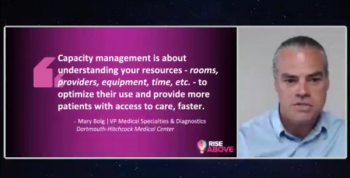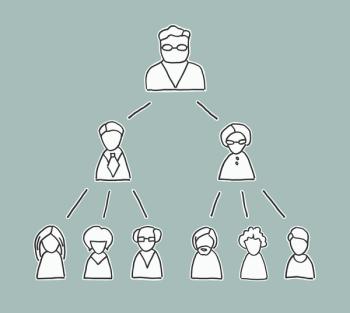
How to Grow and Financially Strengthen Your Practice
There are many ways practices can partner with specialists and others to bring more services in house and increase revenue. Here's a few to consider.
There are many cost effective ways to grow, strengthen, and stay competitive in an existing practice. One of them is by bringing new specialty services in-house.
No longer do we use practice management systems to "just" process claims like we did in the 1990s. Today, almost all of these systems allow you to not only manage your billing, but also grow your practice in a cost effective and proactive manner by utilizing existing patient data. This data is critical when making business decisions. Many physicians still do not think of their practice as a small-to-medium-sized business, and they make decisions based on feelings or what an associate said.
One of the most cost-effective and accurate ways to make decisions about expanding your practice is at your fingertips within your practice management system. This data can detail, by diagnosis code, how many patients you have with specific chronic diseases, which is great information when you are looking to grow and bring on a specialist or develop an internal program with ancillary providers.
Armed with this data, you can look at adding specific revenue-generating services and specialists to your practice. Here are a couple of examples of how a practice can do this:
Weight Management
Under the Affordable Care Act, there are many preventative services that require no out-of-pocket copay or deductible from patients. For example, if you are a primary-care physician you can check Body Mass Index (BMI) for those patients who appear overweight and get reimbursed. Those patients with a BMI >30 are classified as morbidly obese and usually covered for 26 weight management office visits. According to the CDC, 35.1 percent of all adults over the age of 20 were obese in 2012. In addition, 21 percentto24 percent of children and adolescence were overweight and between 16 percent and 18 percent were obese.
If your practice has over 120 obese patients - and with these numbers most practices should meet this criteria - you can not only charge for the BMI test and 26 visits, it also makes financial sense to add either a dietitian or a nutritionist to help with diet and exercise. You might also consider getting a psychologist to provide behavioral therapy.
Behavioral Therapy Stats:
{C}
Medical Nutrition Therapy Stats:
Diabetic Patients
If you have diabetic patients in your practice, and you are in primary care or endocrinology, your patients can receive up to 10 hours of Diabetes Self-Management Training (DSMT) within a continuous 12-month period and up to two hours of follow-up training each year after the initial year. You can do this by training existing resources or adding another staff person to support this effort.
Diabetic Management Codes:
{C}{C}{C}{C}{C}{C}{C}
Tap into the Healthcare Effectiveness Data and Information Set (HEDIS) for diabetic patients as well, and invite a specialist to evaluate for diabetic retinopathy in your office. Diabetic patients should have a complete eye exam once a year, but 80 percent of patients do not undergo that service. So why not bring an ophthalmologist into your practice on a regular basis to provide this service?
These are just a few examples of ways to expand your practice by offering services supported by specialists. There are many others. The best way to consider what types of specialty services to offer is by looking at your patient data.
It is important that before you add any service to your practice, you contact your payers and have them add the service to your contract and confirm the reimbursement. You should always develop a financial pro forma that includes all your costs to make sure that the services that you bring in not only provide patient convenience and improve quality care, but also add revenue to your bottom line.
Rochelle Glassmanis the president and CEO of the consulting firm United Physician Services. She strategizes all phases of design, feasibility, and implementation of healthcare business ventures in private, managed care settings, retail health, and airport medicine. Her consulting is supported by her clinical background with special knowledge of several areas, including workers' compensation, occupation medicine, retail health, airport medicine, family practice medicine, internal medicine, pediatric medicine, and cardiology. Glassman can be reached at
Newsletter
Optimize your practice with the Physicians Practice newsletter, offering management pearls, leadership tips, and business strategies tailored for practice administrators and physicians of any specialty.




